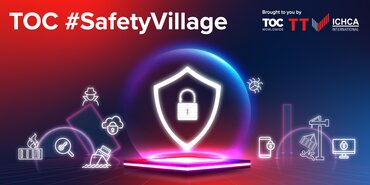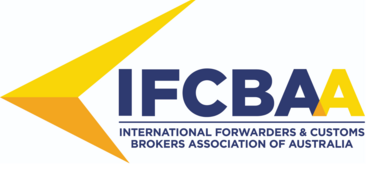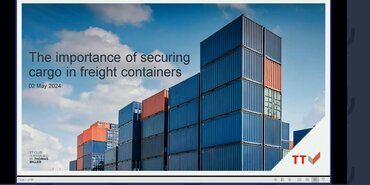Containership Fires: Clearing the Mess
Containership fires pose significant challenges due to the number of parties involved and the size of modern container ships. In the immediate aftermath of a fire, priorities include the safety of life, property, and the environment. Access to the ship is challenging due to safety concerns. Early decisions on jurisdiction and limitation of liability may be required. A team of experts and lawyers should be assembled to support the owner. The effect on the crew must be considered.
Evidence Collection
Collecting evidence starts immediately and continues throughout the process. Obtaining early access for fire investigators is key but must be balanced with safety. Technology like drones and phone cameras can provide useful visual evidence. Data from the ship's instruments and alarm records help establish a timeline. State authorities will want access and to interview the crew. Survey protocols detailing access requirements are useful.
Complexities of Firefighting
Large volumes of seawater used in firefighting interact with cargo residues creating toxic chemical soups requiring monitoring. Containers and packaging may fuel fires unrelated to the cause. Distinguishing causation from consequence is critical. Stagnant water also creates gases needing monitoring. The state of containers after fire must be assessed to determine cause or effect.
Litigation Preparation
Documents and evidence are preserved from day one. Testing of samples forms part of the case so chain of custody is critical. Due diligence systems and procedures will likely be scrutinised so should be collected early. Expert reports are crucial so require robust evidence chains. Privileged documents should only be created in consultation with legal advisors.
Claim Complexities
With multiple parties, claims get very complicated. Lines file claims against each other and the owner. Owner brings claims against guilty line with the problematic cargo. That line tries to pass claims to the guilty cargo interest. Counterclaims against the owner for deficiencies are common. Expert performance determines liability allocation.
Expert Evidence
Expert evidence must be detailed, relevant, and peer-reviewed. Experts must stay within their expertise. Reports should be readable. Robust evidence chains are essential. Preparation for cross-examination is key.
Conclusion
Containership fires pose major challenges but with proper preparation, investigation, evidence collection, and expert support, liability can be determined and the resulting mess cleared up. Continued focus across the industry is required to bring an end to unnecessary containership fires.
Documents
Ship fire series webinar 3 clearing the mess - slide deck (4.88 MB) 18/03/2021
- Author
- Staff Author
- Date
- 17/03/2021





